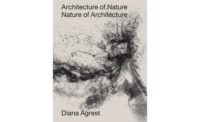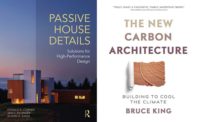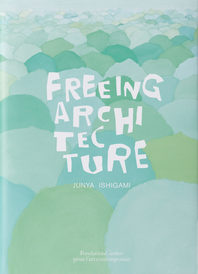As anyone who’s done it can tell you, to garden is to hate nature—to war against what wants to spring from the soil in favor of the cultivated. Three of the four books here take the environmentally friendlier approach of colluding with nature.
The master of this is Margie Ruddick, the landscape architect responsible for a pollution-cleansing river park in China, and any number of beautiful, impressive, and ecologically beneficial projects. Her reinvention of Queens Plaza in New York, once a “tangle of elevated trains and bridges . . . spread out in a chaotic sea of roadbeds,” has yielded a place that invites walking, bike-riding, and seated contemplation.
But her most revelatory project may be the suburban yard of her own “butt ugly” house outside Philadelphia, which presented her with a blank slate, a problem antithetical to her customary approach. So she let the rectangle of grass go wild, eventually framing the burgeoning shrubs and trees in a mowed walkway and adding native ornamental shrubs, so that the whole looks intentional.
Piet Oudolf, the Dutch garden designer (working with James Corner Field Operations) of the High Line, New York’s park on a disused raised rail structure, took an approach nearly the inverse of Ruddick’s. As Oudolf and coauthor Rick Darke (a horticulturalist and writer) relate in their book, the goal was to design a garden with artificially introduced species that echoed, without replicating, the surreal wonderland neglect had created. The authors say, “There’s a word for such intervention: it’s called gardening.” Their book provides what has been missing from this crowd-generating park, a species-by-species detailing of the plants.
Another way of grappling with nature is shown in David Robsen’s book about the two wealthy Bawa brothers, Bevis and Geoffrey. In the mid-20th century, they created separate garden estates in Sri Lanka using native species and working with dramatic topography to engineer luxurious, sculpture-packed, sybaritic paradises. Bevis Bawa extended his garden in the 1940s and also started a plant nursery; Geoffrey, the younger brother, educated in England, became an architect as well. This dual biography cum history of culture’s effects on Sri Lanka’s landscape functions also as a guide to the properties, including their availability for paid tours or vacation rentals.
The architect Peter Marino has no visible qualms about imposing his will upon nature. On the grounds of his Southampton, New York, house, he goes all out for flowers, geometry, and sheer lavishness in a series of traditional garden “rooms,” each on a theme of color (the Pink Garden: a phalanx of astilbe, armies of a repeating pink rosebush, a thousand pink hydrangea), all seeded with the figurative metal sculptures of Claude and François-Xavier Lalanne, replete with a flock of sheep in bronze.







Post a comment to this article
Report Abusive Comment